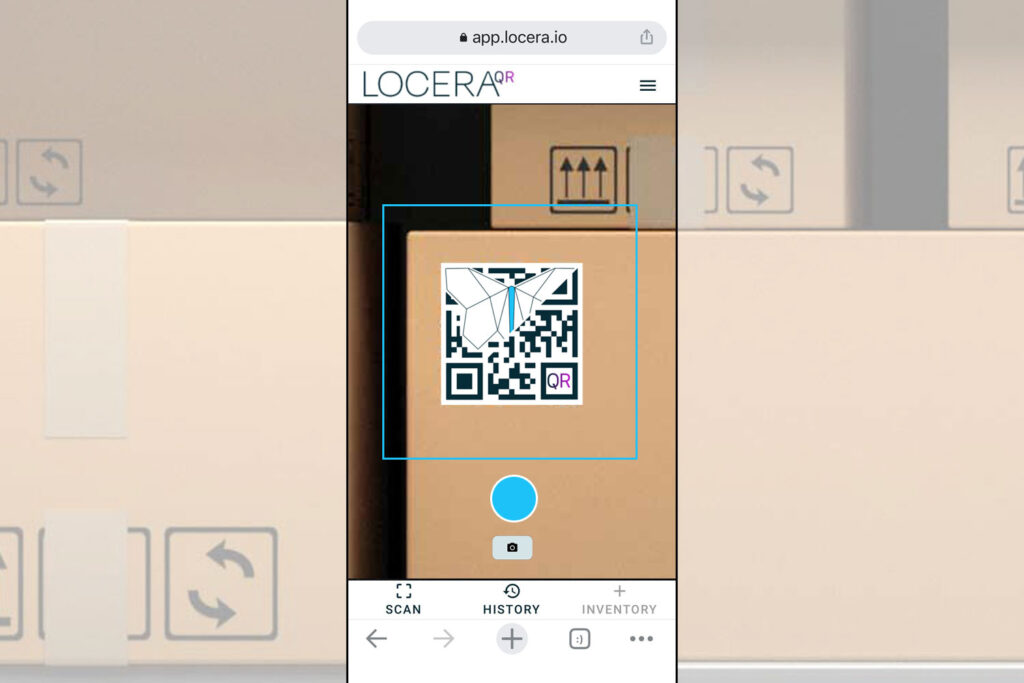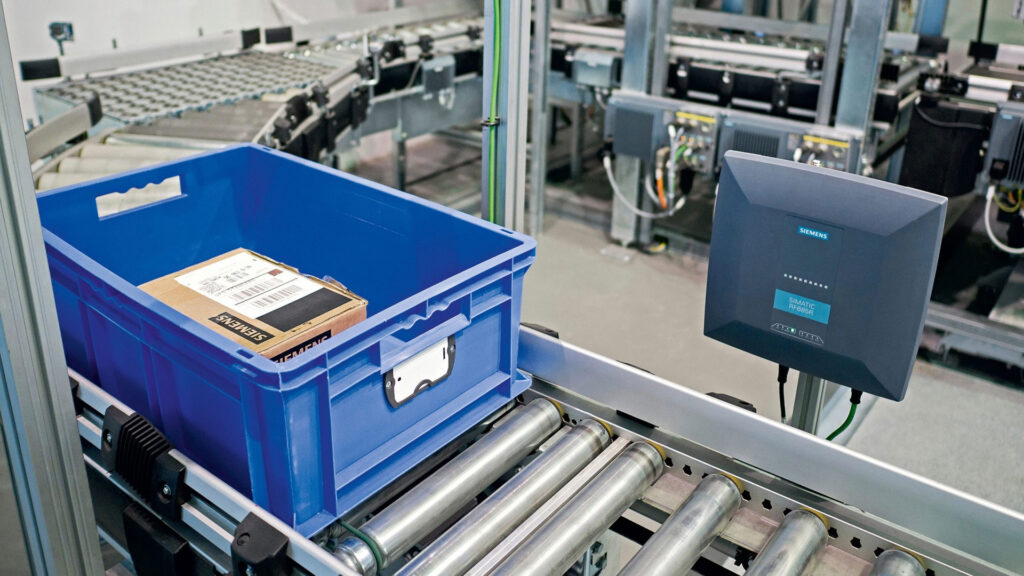From manual to fully automated RFID. What it means and how to get there.

Automating with RFID
If you’ve found yourself here, then you’re probably interested in RFID (Radio Frequency Identification) in one form or another. At KAASM, we specialize in all kinds of location and identification systems, including automated RFID systems.
Today, I hope to share a few thoughts that can educate and elevate your understanding of RFID and how you can use it to make your life easier. I’ll discuss three key things you should consider when automating RFID in order to increase your ability to identify automation value, and gain adoption of your changes. Over the years, I’ve found that simplifying thought can go a long way! So here we go.
Get on the Same Page
When first meeting clients and customers interested in factory automation, there are a couple table setting questions I like to ask.
- What would you like to accomplish and why?
- What is your current level of automation?
These are tricky questions, and it’s usually met with clarifying questions that offer everyone a chance to get on the same page, use a common language, and align goals. With this in mind, I offer a baseline definition of “level of automation” for self assessment.
I define a level of automation as a collection of technology with the purpose of accomplishing the automatic delivery of a repetitive task that typically requires human intervention. A repetitive task could include everything from the physical movement of an item, to data logging time, dates, and or quality attributes of a product.
For the basis of this article, I will be using repetitive data logging as our example. Repetitive tasks commonly fall into three primary categories: Manual, semi-automated, and fully automated. To better understand these categories, I’ve provided a loose definition below.
Manual
Manual data processes take the form of pen to paper logs, which in turn create silos of information that are subject to inaccuracy. Recalling this information is typically done by sifting through a physical binder of log sheets to find information.
Semi-Automated
Semi-automated processes still require manual data entry however, it is a step up from paper because the information is in the form of a spreadsheet, or digitized data entry form, making the data much more accessible.
Automated
Technology infrastructure exists in an automated process. When automated, there is little to no human intervention with the acquisition of data. Data access and accuracy are key areas that see improvement.
With these definitions in mind, it is nearly impossible for a manufacturing facility to be at the same level of automation at any given time.There are so many different processes happening that adjusting your thought process to include how automation in different areas impact each other, can be beneficial when considering the future and overall technology approach for a given area, site, or enterprise. If you are going to automate, try not to automate yourself onto an island.
“If you are going to automate, try not to automate yourself onto an island.”

Customer Journey Example
Recently, we worked with a major food and beverage company looking to track tools while in production. Their challenge was simply not knowing where things were, when they needed them the most. The cost impact for lost or misplaced production tools during a shift is thousands of dollars per minute and finding a way to better manage the availability and usage of their tools was very important to them.
Our first step was to understand how they are currently tracking production tools and identify what level of automation is being employed. This particular client has a paper-based manual check-in/out process in place that lacks accuracy and consistency. Essentially, their logs are never up to date, and production tools are never where they are supposed to be when they are needed.

Taking Next Steps Sooner
The customer knew the what and why, they just needed to take incremental next steps. However, the truth about factories and technology is more often than not, improvements require capital investment which can take upwards of a year for approval.
To bridge the gap between approving the install of technology infrastructure and fully automating the tracking process, the customer chose to install Locera software as their starting point. Locera immediately moved them from a manual to a semi-automated process of tracking check in/out and location with item mobile phone scan technology. This digitization allowed for immediate up to date tracking of the last known scan so that production tools could be tracked and accounted for.
This semi automated approach did not solve all their problems, due in part to still needing to manage the manual scanning in and out of production tools, which is susceptible to unintentional errors. Aside from increased data accuracy, the biggest benefit is that now tracking of production tools is digital, accessible, and ready for future RFID reader infrastructure. Another advantage is that this data can be made available to another system via the Locera API or webhooks. By getting your data out of a silo and into another system, like an ERP or MES, you will be able to make better decisions and create meaningful cost saving efficiencies.

Automated with SIMATIC RFID Technology
The next step in automating RFID in our customer’s journey will be to add OPC UA RFID readers from Siemens that will automatically connect to Locera. Once installed, the customer will have automated the tracking of their production tools and successfully completed the journey from manual, paper-based tracking to RFID readers automatically reading and providing tool location.
Automating RFID within your facility can make things more efficient, reliable and overall easier. Locera can help you achieve this goal with a semi or fully automated workflow utilizing a mobile device or Siemens OPC UA RFID Readers. Check it out online @ Locera.io or schedule a demo today!
